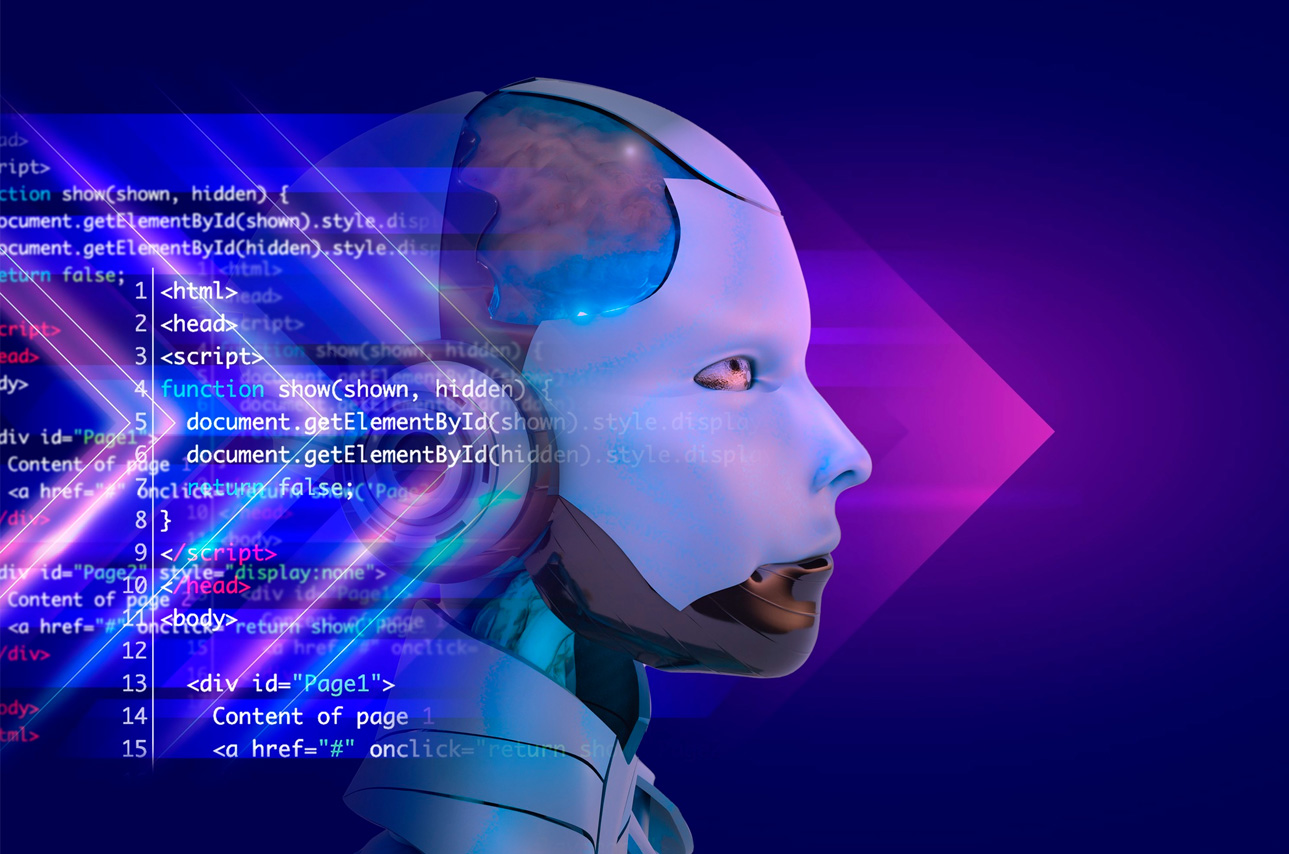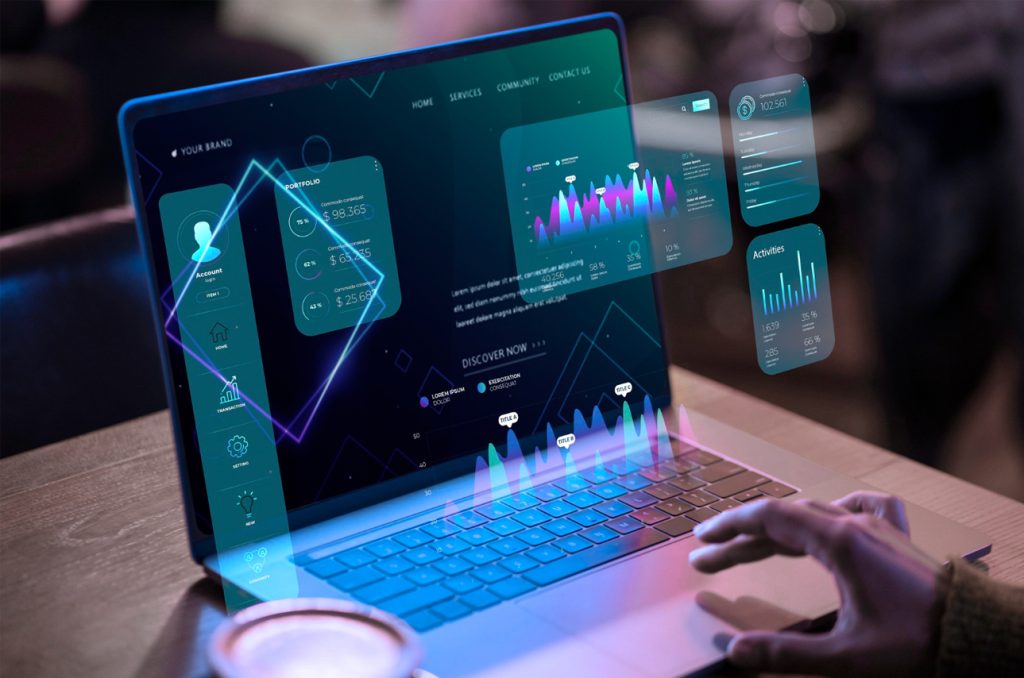Ai & Data Science Program
Ai and Data Science Bootcamp
- 16 Weeks
- Part Time
Descriptions
Data science is a fast-evolving field and offers many employment opportunities for people with a robust operational analysis background. In recent years, technological development in data collection and storage and innovations in data science tools and methodologies have made it even more important to have properly trained data analysts and data scientists to perform data analyses to gain business insights.
TrileZero Academy designed the Ai and Data Science with Machine Learning bootcamp to provide accelerated training to fulfill the need for data science professionals in the employment market. The objective of the Data Science Bootcamp is to provide training in primary data science tools and methods that prepares students for employment opportunities across all industries as data science professionals.

Target Audience
- Security Analysts
- Ethical Hackers
- System Administrators
- Network Administrators
- Network and Security Engineers
- Cyber Security Managers
- Information Security Auditors
- Security Professionals
Course Lessons
Project 1: Exploratory Visualization & Shiny
- Object Oriented Programming in Python
Object oriented programming
Portability and readability
Case study and examples
- Data Structures and Control Flows
Common data structures “out of the box”
Iterated and vectorized operations
Error handling
Case study and examples
- Advanced Topics
More class
Iterators and generators
Function arguments and unpacking
Case study and examples
- Basic Python Roundup
NumPy
An example
Getting started
Items/spider/pipelines/settings.py
In class lab
- NumPy
NumPy overview
Ndarray
Vectorized/Element-wise Operations
Subscripting and Slicing
Intro to Matrix Multiplication and Inversion
Random number generation
Case study
- Data Manipulations with Pandas
Series and common operations
Data frames and common operations
Data manipulation
Time series
- Data Visualization in the NumPy Stack
Matplotlib
Seaborn
Case study
- SciPy and Data Analysis Roundup
Introduction to SciPy
Case study
Project 2: Data Analytics with Web Scraping
- Role of Data Science and DS Professionals
Data-driven decision making in the business world
The data professional’s ecosystem
Data science as a strategic asset for businesses across industries
The roles of a data analyst and data scientist
Survey of storytelling with data
- Data Science Solutions to Business Problems
Key business operational concepts
Typical business problems
Role of data to solve business problems
The process of data analytics
Data science modeling - supervised and unsupervised
Anatomy of a business case with data analysis for marketing
- Data Science Solutions to Business Problems
General business problems in the healthcare and pharmaceutical
industries
Characteristics of data science projects in these industries
Anatomy of a business case wherein data analytics offered a solution
to the problem
- Conceptualization of a Data Analytics Problem
Planning process for a data analytics project
Understand the business problem
Data available for the project
Review of dataset(s) to see what knowledge and insights can be extracted
Establish project objective(s)
Preparing data for analysis
Determine tools and methods
Envision the approach
Identify deliverables
Tell the story to stakeholders
- Simple Linear Regression
Overview of Machine Learning
Residuals, RSS, and the Coefficient of Determination.
Assumptions of Simple Linear Regression.
Model coefficients:
■ Interpretation
■ Standard Errors
- Multiple Linear Regression
Assumptions of Multiple (General) Linear Regression
Coefficients of Continuous Features
Multicollinearity and Overfitting
Dummifying Categorical features:
■ Coefficient Interpretation
Case Study
- Penalized Linear Regression
The Bias-Variance tradeoff
Euclidean (L2) vs Manhattan (L1) Distances
Ridge, Lasso, and ElasticNet Penalties
Hyperparameter grid search and the model coefficient shrinkages
- Logistic Regression and Gradient Descent
The failure of Linear Regression Models for Classification
Log-odds and Sigmoid function
The concept of Maximum Likelihood Estimation
Negative Log-Likelihood as Loss
Gradient Descent and Stochastic Gradient Descent
- Model Selection
Model assessment in practice:
■ Grid search
■ Train-test split
Model comparison:
■ Tuning
■ Various model types
Thoughts on Feature Engineering:
■ Different features make different models
Case study

This course includes:
- We Help Scratch to Job
- Instructor Led online Live Session
- Hands on Enterprise Tools
- Interview and Job Market prep
- Certificate of completion
100+ Hacking tools
Tools Covered
- Operating systems and Linux
- File system and file operations
- Text-processing commands
- Other useful commands
- Nmap | Rustscan | sx-Tool | Nessus
- OpenVAS | QualysGuard | Nikto | Hping3
- Colasoft Packet Builder | Angry IP Scanner
- OWASP ZAP | Burp Suite | SQLmap
- Wapiti | Nikto | DirBuster | Wpscan
- Skipfish | PwnXSS | Dirsearch
- Netcat | SNMPCheck | SNMPEnum
- Enum4Linux | NbtScan | SuperEnum
- RPCScan | Dnsrecon
- ShellGPT | Tranis AI | Malware.Ai
- ChatGPT | DeepfakeVFX | SmartScanner
- OSS Insight | OSS Insight | Hoodem
- Wireshark | Tcpdump | Ettercap
- Dsniff | MITM | Cain & Abel | Macchanger
- Ghost_eye | Impacket | Ncat
- NMAP | Httprecon | ID Serve
Related courses
Key tools and languages
Data Analytics Toolkits

Decision Science

Machine Learning & Deep Learning

ML Engineering & Team Projects





